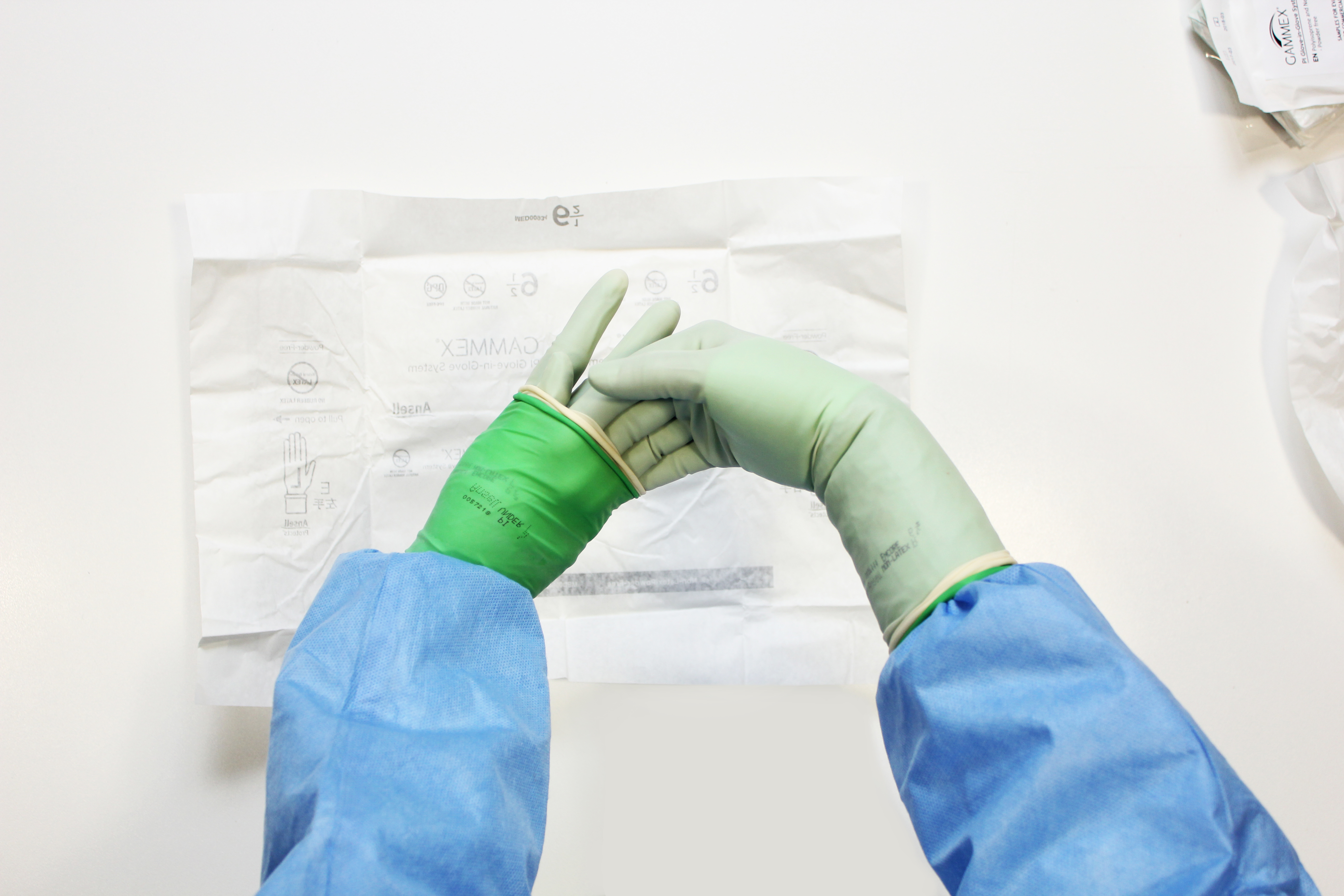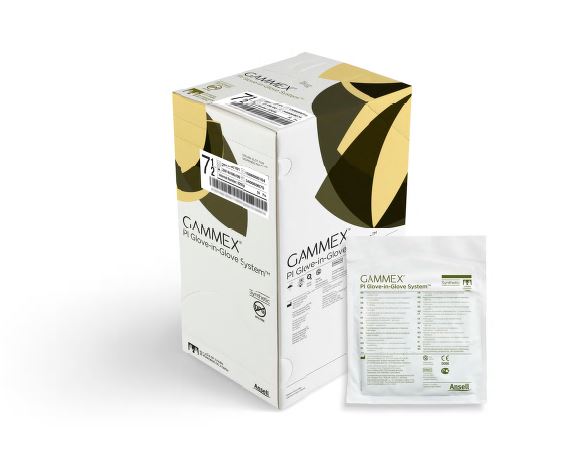The practice of double gloving is nothing new. For many years, healthcare organizations have recommended it as a best practice to protect healthcare workers against blood and bodily fluid transmission. Few will deny its efficacy, particularly so during surgery. Estimates show that the greatest risk of blood contact by operating personnel is that of surgical glove punctures and tears in the OR.
The need to double glove is validated by studies and trusted industry organizations alike. It reduces the risk of inner glove perforations by 71 percent compared to single gloving, greatly reducing the risk of dangerous substance contact. The industry supports the practice; double gloving is recommended by the International College of Surgeons (ICS), the World Health Organization (WHO), and the Association for perioperative Registered Nurses (AORN), among many other prestigious healthcare organizations.
It’s abundantly clear that double gloving is the safest practice for healthcare workers. Yet that doesn’t mean that everyone who should double glove does so. And unfortunately, many choose not to, citing issues ranging from the time required to do so, difficulty in donning, poor fit, feel, comfort or a lack of dexterity when wearing two sets of gloves. You can start to see the reasons surgeons choose not to double glove if you consider best practices recommend surgical scrub teams change gloves every 90 minutes of wear, regardless of whether a perforation is noticed. That many glove changes take time, and it’s just one more chore to many surgeons.
None of these are a good reason for not double gloving and putting yourself or others at risk. However, healthcare professionals are only human. Most of us, if not all, know better about things such as the need for daily exercise, cutting down on caffeine or quitting smoking. Old habits are hard to change, and habit is often the culprit behind the choice not to double glove.

The new GAMMEX PI system facilitates simplified and efficienct double-gloving. (Image credit: Ansell)
To make matters worse, human habit isn’t the only barrier to double gloving. Personal protective equipment (PPE) currently being used for double gloving may not be enough, even for those who do double glove. A break in the outer glove may go unnoticed by the wearer, making the potential for exposure to bodily fluids a risk if the outer and inner gloves are the same color. Surgeons certainly don’t have time to notice this issue when they’re focused on saving a life. We need to look to glove manufacturers to develop products that adapt to the needs of the wearer.
Finally, there’s the issue of waste minimization that’s become the mantra of environmentally-conscious healthcare facilities. Disposable products are handy and effective, yet they add to the waste stream. Additional packaging going into the landfill through traditional double gloving may seem slight, but it remains a real issue and adds to the objections against the practice – especially to facilities with sustainability tenets that must be met.
We hear a lot about smart products today. Our phones, the devices in our homes, and even vehicles are becoming smart, built to improve our health, save us time and make day-to-day life easier.
Can a surgical glove be smart? Can it simplify the practice of double gloving and answer the wide variety of objections by healthcare workers globally? Can it inherently provide the protections double gloving provides?
We believe it can. We asked ourselves “what if we could provide a glove-in-glove system that uses proven, existing non-latex glove technology that is pre-donned to save donning time and make wearing two gloves more comfortable than ever?” The result is an already pre-donned, pre-aligned double glove system that dons in half the time — unwrap; don; you’re done.

(Image credit: Ansell)
Keeping healthcare worker needs at the forefront of PPE design breeds innovation and solutions that address these needs while keeping them safe. For example, pre-aligned outer and inner gloves minimize the need for adjustment; making the inner glove one-half size larger than the outer glove delivers maximum comfort. And with the gloves pre-donned, the additional time needed for double gloving is eliminated.
Innovations in material composition can provide safety benefits as well. By making the two gloves a different color – a semi-transparent natural colored outer glove paired with a green inner glove – makes breach detection readily visible for surgeons. In fact, if the wearer uses a colored inner glove, studies show visual identification of a breach is improved by as much as 86 percent.
Packaging can also be reduced to meet sustainability requirements – a glove-in-glove system can be packaged in a single container, reducing packaging and environmental waste by half.
It just goes to show that smart products don’t have to electronic to be smart. But understanding the critical needs – and concerns – that healthcare workers have about double gloving certainly lends itself to creating a smarter product that benefits all concerned, and accomplishes the ultimate goal: safety.
Smart healthcare workers know the importance of double gloving. Smart innovations make it fast and easy for them to do so.
Joe Kubicek has nearly 25 years of working experience in a broad-range of functions including operations, finance, and senior management. He joined Ansell in January, 2014 through the acquisition of BarrierSafe Solutions International (BSSI).




